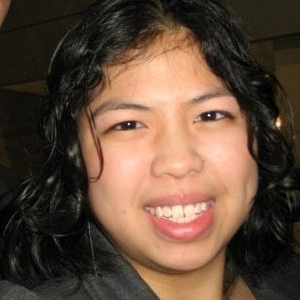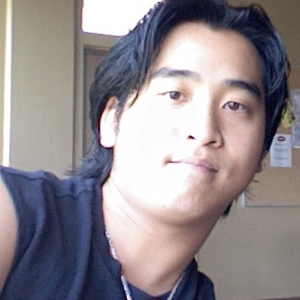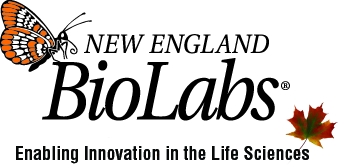Team:Guelph/Team
From 2008.igem.org
| Home | The Team | The Project | Parts | Notebook | Results | Links |
|---|

|
Who we are
- Dave The RAVE Johnston: This man has travelled the world and has brought back the proud chewing gum of different nations to prove it-- he's a calm and collected PhD student in plant agriculture; he aspires to feed hungry bodies with food and hungry brains with delicious science; his idealistic vision transforms us like a broad host range plasmid.
- Dr. Manish N. Raizada: Our technical advisor and representative; Dr. Raizada has kindly donated his lab and legal know-how to keep our projects running.
Operation SynthOp (Synthetic Operon Subproject)
- Brendan Hussey: Our very own renaissance man; athletic and dedicated to science, he is presently balancing as many as three genetics projects simultaneously and still has time to concatenate primers together; he can explain the most convoluted of concepts with little more than a diagram and ten words.
- Lisa Ledger: An interdisciplined being; she is equally well tuned in the lab, as well as in bioinformatics; this quick-witted well-rounded scientist can cure what ails your plasmid.
- Tin Vo: A deeply reflective individual-- silent in his contemplation; precise in his execution-- He is our laboratory ninja.
The Interference Brigade (RNAi Subproject)
- Jennifer Jennivo Vo: She is dedicated and quick learning; with her pleasant disposition, she can coax a bacterial culture into growing with just her smile.
- Mufaddal Moff Man Girnary: He is well-read and well-rounded; this gentleman adds a layer of intrigue and unpredictable insight to the team.
Nerve Endings (Legal, Business and Gophers)
- Eddie LOUD Ma: The team gopher-- forging connections with professors and chairs, keeping the minutes and doing the occasional transformation; thankfully, hunting season is closed.
Thanks to Our Contributors and Collaborators
- Dr. Emma Allen-Vercoe: A major support for the synthetic operon project, Dr. Allen-Vercoe provided us with leadership, perspective, anaerobic growth chambers, growth media, our E. coli Nissle 1917 strain, several strains of lactobaciilli (which we never got a chance to electroporate successfully), and both our gram positive plasmids pRV566 and pRV85. Wow, without her, most of the potential in this work could not have been realized!
- Dr. Deborah Stacey: Dr. Stacey provided us the opportunity to use SharkNet, a network of computers which together make a powerful supercomputer. With no obvious use for this in our wetlab oriented project, we had to pass and hope her offer to make iGEM part of the Bioinformatics department's curriculum will bear fruit in the coming months.
- iGEM Minnesota Team Time Bomb: With previous experience in carotenoid genetics they were very fast and supportive in sending us some genes so we could stand on their shoulders (they are giants)!
- iGEM Calgary Ethics: Is the wetlab stuff we're doing a relevant and sustainable for the problems we percieve? Where and underwhat conditions might it actually help? (assuming we can actually make it) Calgary Ethics have conducted an ethics and economics study for us to provide the necessary information and tools to help answer these questions. It is posted here : https://2008.igem.org/Team:Calgary_Ethics/Collaboration
- iGEM Edinburgh: Also having worked on carotenoids in the past, Edinborough was great in sharing carotenoid metabolic genes, flux modulators, and gram positive plasmids with us. With collaborators like these, globalization doesn't seem like such a bad thing after all.
- Dr. Chris Whitfield: Most of us hail from the department of Molecular and Cellular Biology, so it was very significant to have the chair of that department on board. Dr. Whitfield gave us a hefty sequencing and lab supply budget and will likely indirectly influence generations of future iGEMers to make iGEM Guelph their own.
- Dr. Rene Van-Acker: Every artist needs a muse. Dr. Van Acker lent the team early inspiration and motivation when we had no funding yet, and encouraged us with greenhouse space and transportation to the jamboree! We better take some good photos for him to live vicariously through us!
- New England Biolabs: When we needed taq, NEB came to the rescue. When we needed proofreading Phusion taq, NEB was there. Nucleotides, restriction enzymes, buffers, and new lab strains of E. coli: thank you so much, it warms our heart to have been supported by such a well respected and forward thinking company.
- Integrated DNA Technologies: These guys were great about sponsoring us for the many primers and gene constructs we used. Of special note and thanks, was the credit they gave us towards the Ultramer we used in production of our 250 bp RNAi construct - can't imagine what cloning that peice by peice would've been like.
 "
"

















